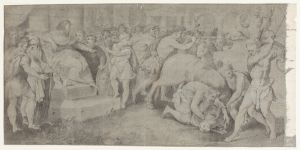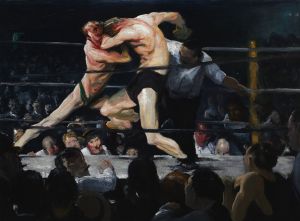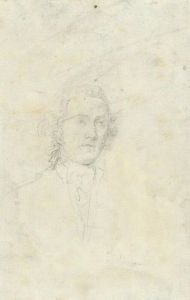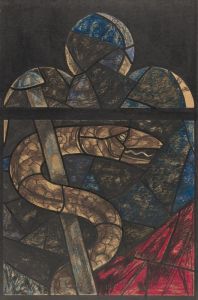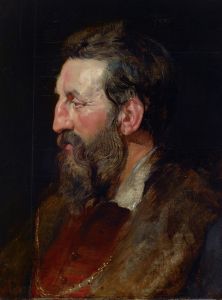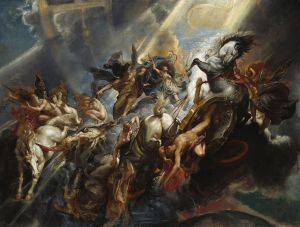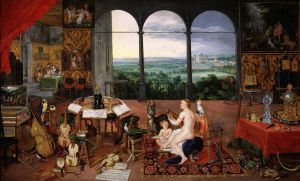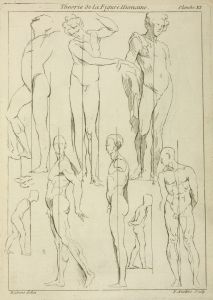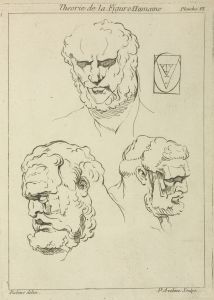
Study of Three Naked Men
A hand-painted replica of Peter Paul Rubens’s masterpiece Study of Three Naked Men, meticulously crafted by professional artists to capture the true essence of the original. Each piece is created with museum-quality canvas and rare mineral pigments, carefully painted by experienced artists with delicate brushstrokes and rich, layered colors to perfectly recreate the texture of the original artwork. Unlike machine-printed reproductions, this hand-painted version brings the painting to life, infused with the artist’s emotions and skill in every stroke. Whether for personal collection or home decoration, it instantly elevates the artistic atmosphere of any space.
"Study of Three Naked Men" is a drawing by the renowned Flemish Baroque artist Peter Paul Rubens, who lived from 1577 to 1640. Rubens is celebrated for his dynamic compositions, vibrant color palette, and his ability to convey movement and emotion through the human form. This particular work exemplifies his mastery in depicting the human anatomy and his interest in classical themes.
The drawing, executed in black chalk, showcases three male figures in various poses, highlighting Rubens' skill in rendering the human body with anatomical precision and expressive detail. The figures are depicted in the nude, a common practice in art studies of the time, allowing artists to explore the complexities of musculature and form without the distraction of clothing. This focus on the human body reflects the influence of the Renaissance, during which artists sought to revive the classical ideals of beauty and proportion.
Rubens' study likely served as a preparatory work for a larger composition or painting, a common practice among artists of his era. These studies were essential for working out the poses, proportions, and interactions of figures before committing them to a final work. The drawing demonstrates Rubens' deep understanding of human anatomy, which he developed through extensive study and observation, including dissections and the study of classical sculptures.
The influence of Italian art is evident in this drawing, as Rubens spent a significant period in Italy, where he was exposed to the works of masters such as Michelangelo and Raphael. This exposure greatly impacted his style, particularly his approach to the human figure. The dynamic poses and the sense of movement in "Study of Three Naked Men" reflect the Baroque interest in drama and emotion, characteristics that Rubens adeptly incorporated into his work.
Rubens was not only an artist but also a diplomat and scholar, which allowed him to travel extensively and gain a wide range of influences. His work is characterized by its synthesis of these diverse influences, combining the grandeur of the Baroque with the classical ideals of the Renaissance. "Study of Three Naked Men" is a testament to his ability to blend these elements seamlessly.
The drawing is part of the collection at the British Museum, where it is preserved as an example of Rubens' draftsmanship and his contribution to the study of the human form in art. It provides insight into the artist's process and his dedication to capturing the vitality and complexity of the human body.
Overall, "Study of Three Naked Men" is a significant work that reflects Peter Paul Rubens' expertise in anatomy, his appreciation for classical art, and his ability to convey movement and emotion through his depiction of the human form.





